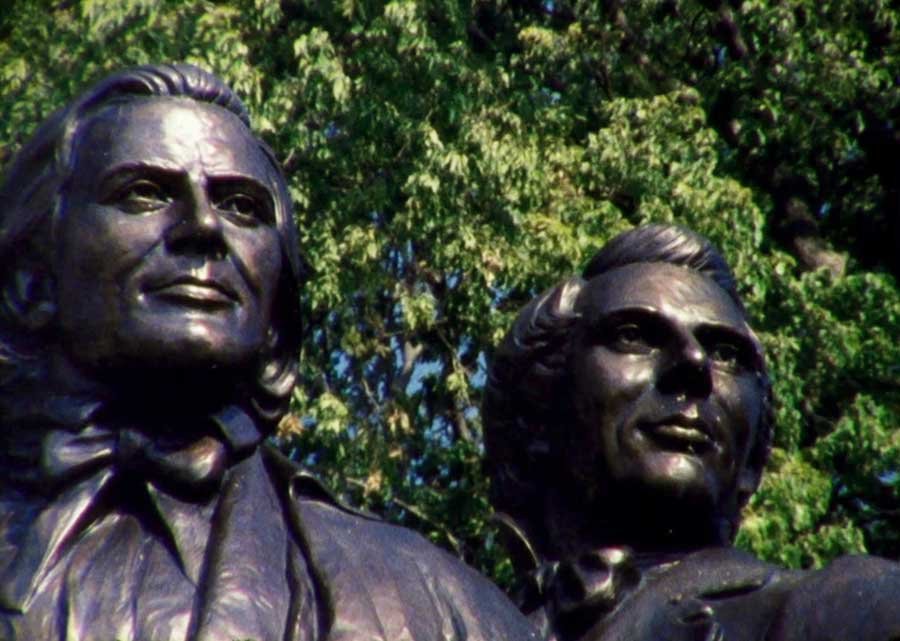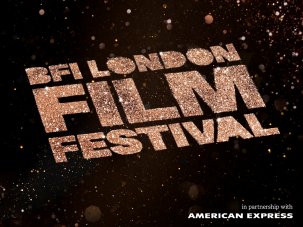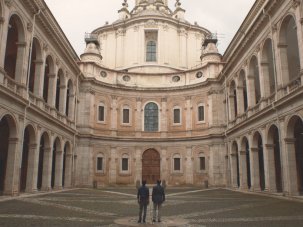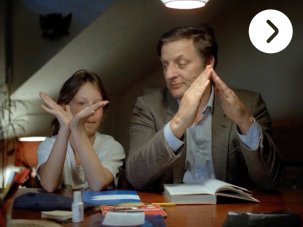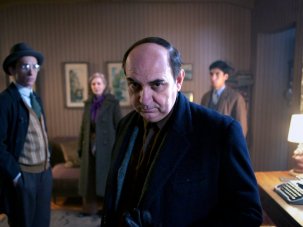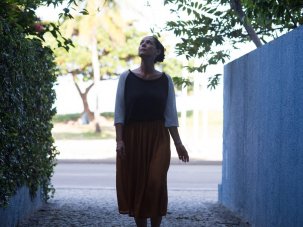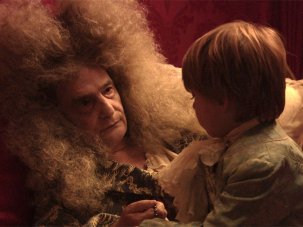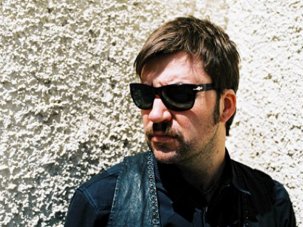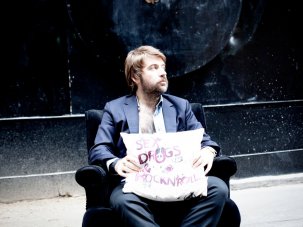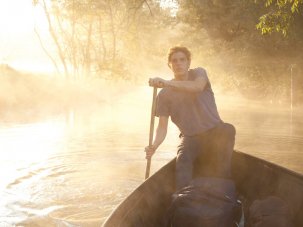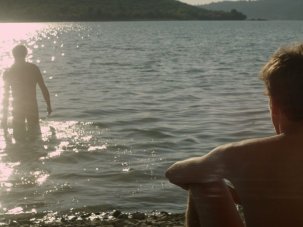Web exclusive
1. The Son of Joseph
(Le Fils de Joseph) Eugène Green, France
Eugène Green’s first film set in Paris since the magnificent Le Pont des Arts (2004) is another jewel, a subtly reconfigured Nativity that ultimately dispels its darker hues with a buoyant, summery tale of a teenage boy, Vincent, who sets out to discover the identity and whereabouts of his absent father, long estranged from his angelic single mother Marie.
Mathieu Amalric is superb as the sullen, dissipated monster Vincent eventually confronts: a doyen of the Parisian literary world whom Green sends up mercilessly. There’s everything we’ve come to expect in a Green film – crystalline poetry, beguiling formal control, religious and spiritual matters treated seriously yet lightly, impassive acting, Baroque art and music – but with some new elements: a sex scene! A chase sequence! And this being a Nativity of sorts, of course there’s a donkey. Green is a master and this may be his most pleasurable film to date.
2. Neruda
Pablo Larraín, Chile-Argentina-France-Spain
Larraín’s sixth feature, a metafictional rumination on the eponymous Nobel Prize-winning Chilean poet and national icon, is a brilliantly inventive rethinking of the ‘biopic’ and reveals a filmmaker at the peak of his powers. It’s set in 1948, during a clampdown on political dissidents, when the communist Neruda (intricately incarnated by Luis Gnecco) and his wife were forced to go on the run, pursued by Gael García Bernal’s ruthlessly single-minded detective, looking to make a name for himself by capturing his elusive quarry.
The film has all the feel for period and historical characters we’ve come to expect from Larraín, in the service of an intelligent, visually stunning reflection on the gaps between person and persona, history and legend.
3. The Dreamed Ones
(Die Geträumten) Ruth Berkermann, Austria
In 1948 concentration-camp survivor and poet Paul Celan met the writer Ingeborg Bachmann, whose father was a Nazi. The pair became lovers, but they ended up living far apart and finally separating, setting up a lifelong but thornily complex friendship, documented in a long-distance correspondence.
It’s this correspondence that Beckermann’s film focuses on, with two young actors reading extracts to each other in a studio, interspersed with their cigarette breaks and wanderings around the building, all of which capture a blossoming chemistry. The result is mysterious and affecting, a meditation on the power of words and how history can touch our present in oblique and surprising ways.
4. By the Time It Gets Dark
(Dao Khanong) Anocha Suwichakornpong, Thailand-France-Qatar
Suwichakornpong’s debut feature Mundane History (2009) signalled a major new talent in Thai cinema, and her second film amply fulfils that promise. It starts conventionally enough, with a young filmmaker interviewing an elderly writer about her experiences as a student activist during the period leading up to and after the 1976 student massacres (still a taboo subject in Thailand).
It seems we’re in for a slow-burning philosophical enquiry into how history is framed and represented, but then things take a curious turn. The filmmaker takes a trippy walk in the woods, a young worker on a tobacco farm transforms into a famous singer and actor, a waitress in the early scenes later becomes a cleaner, a nun, dances in a club…
Suwichakornpong subtly uses fragmented images, identity slippage and ellipsis to dig for the core of contemporary Thai experience and ask profound questions about how memory, politics and cinema intersect. You’ll be lucky to find a more ambitious or enthralling work of cinema in this year’s festival.
5. The Illinois Parables
Deborah Stratman, USA
A stunning example of the polyvocal, hybrid essay movie, Stratman’s multilayered 16mm film may nod to James Benning’s explorations of American landscape but it has a voice and aesthetic uniquely its own. Eleven ‘parables’ explore different periods and sites of struggle in Illinois history, ranging from 600 to 1985, and reveal how various beliefs and religious faiths have shaped both the local terrain and experience and national identity more broadly.
Refreshingly, Stratman does this without ever spoonfeeding or buttonholing the viewer, leaving us to figure out how her juxtapositions work and her ideas connect. She also establishes a hypnotic, rhythmic flow in the assembly of her material that draw the viewer ever deeper in, mixing aerial and wide shots, archival footage, historical documents, a range of voices and sounds. The result is one of the most striking examples of documentary filmmaking you’re likely to see anywhere this year.




